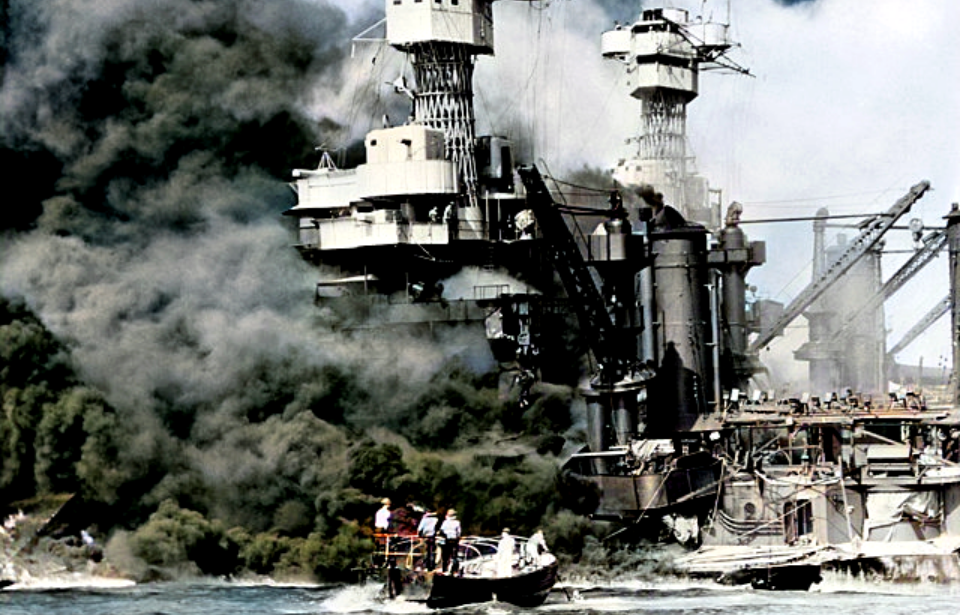On December 7, 1941, the Japanese carried out a devastating assault on the US naval forces at Pearl Harbor. That tragic day claimed the lives of around 2,400 sailors and Marines, among them three individuals whose stories remain largely untold.
The USS West Virginia was on fire for 30 minutes before sinking
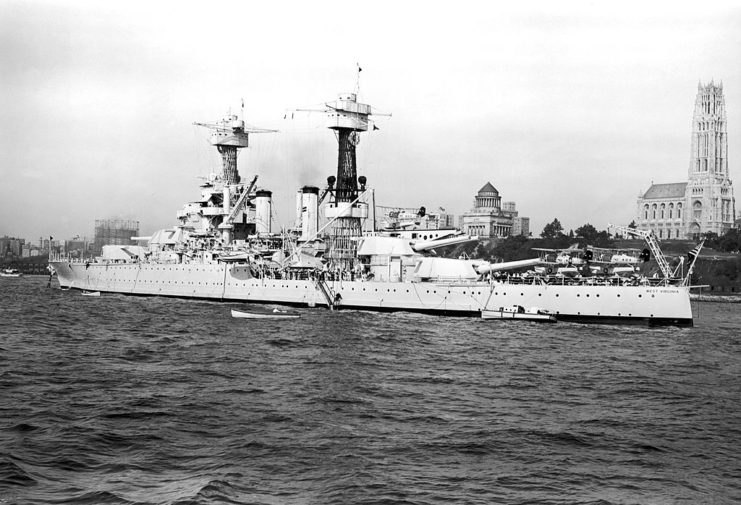
When the Japanese attacked Pearl Harbor, the USS West Virginia was positioned outboard of the USS Tennessee as part of Battleship Row, along with the USS Arizona, California, Pennsylvania, Nevada, Maryland and Oklahoma. A repair vessel, the USS Vestal, was also moored beside the Arizona.
The USS West Virginia was hit by two overhead bombs and at least six torpedoes during the attack. Immediately after, officers aboard the ship called a “setting condition Zed,” a naval technique wherein all hatch compartments are closed and a portion of the ship flooded to keep it from capsizing.
It was ablaze for 30 hours before sinking and settling along the bottom of the harbor, 40 feet below the water. According to the National Park Service, 106 crew members were killed.
A banging sound was heard inside the ship
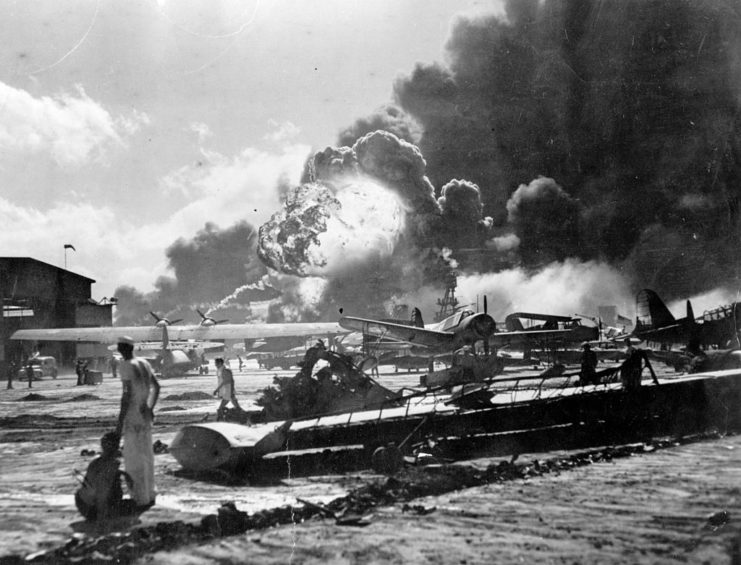
The following day, those who’d survived the attack began cleanup efforts, during which they heard a banging noise coming from the USS West Virginia. At first, they thought it was a piece of loose rigging hitting the hull. However, they soon realized they were hearing the sounds of those trapped inside the wreckage.
“When it was quiet you could hear it… bang, bang, then stop. Then bang, bang, pause. At first, I thought it was a loose piece of rigging slapping against the hull. Then I realized men were making that sound – taking turns making noise,” said bugler Dick Fiske.
It was impossible to rescue the men
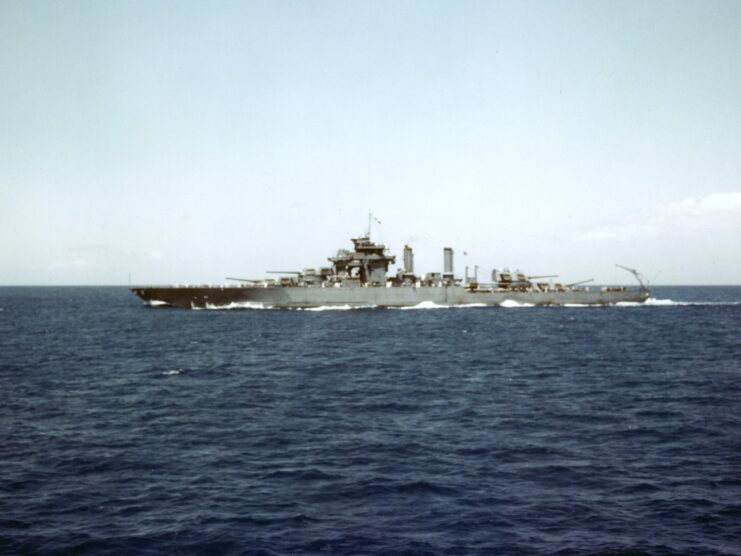
Sailors recounted their dread of standing guard near the USS West Virginia, tormented by the haunting sounds of trapped men inside. Tragically, no rescue could be attempted. The dangers were insurmountable: cutting through the hull would have flooded the ship, and using a torch risked causing an explosion.
Six months later, the USS West Virginia was raised. Salvage crews discovered the bodies of three men huddled together in storeroom A-111: 18-year-old Ronald Endicott of Washington, 21-year-old Louis “Buddy” Costin of Indiana, and 20-year-old Clifford Olds of North Dakota.
The Navy never told their families what happened
Also found were flashlight batteries, a manhole to supply fresh water and the remnants of emergency rations. There was also a calendar, with sixteen days crossed off in red pencil: December 7 to December 23. It turned out the three had been stuck in the wreckage, alive, for over two weeks, without the ability to escape.
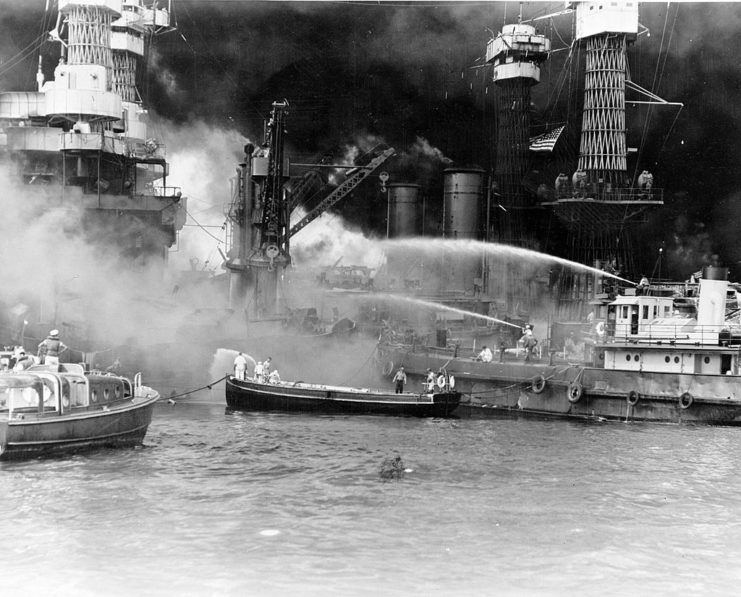
Word of the discovery spread quickly through Pearl Harbor. However, the Navy never told their families how long they’d been alive. It wasn’t until decades later, in 1995, that their loved ones learned the truth when Honolulu Advertiser‘s Eric Gregory wrote a piece about the attack.
All three headstones say they died on the day of the attack
Following its discovery, the calendar was sent to the chief of naval personnel in Washington, D.C., and its current location is unknown. Following their recovery, Endicott and Costin were buried at the National Memorial Cemetery of the Pacific – known as the “Punchbowl” – in Honolulu. Olds’ remains were returned to his hometown and buried in the local cemetery.
All three of their headstones say they died on December 7, 1941, the day of the attack.
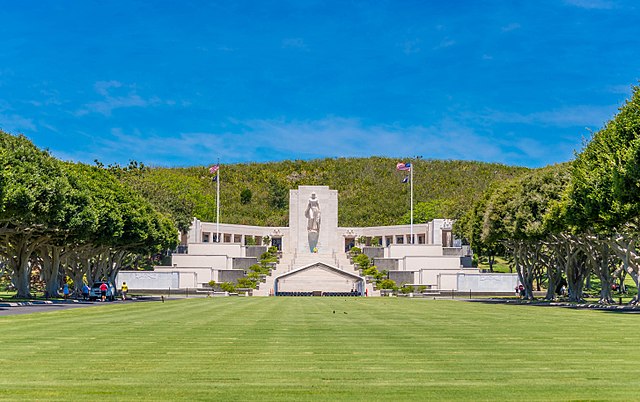
Are you a fan of all things ships and submarines? If so, subscribe to our Daily Warships newsletter!
Following it being raised, the USS West Virginia was repaired. When it was returned to service in April 1944, it played a key role in the US forces’ efforts against Japan, and was present at Tokyo Bay during the Japanese surrender. It was decommissioned in 1957 and sold for scrapping two years later.
